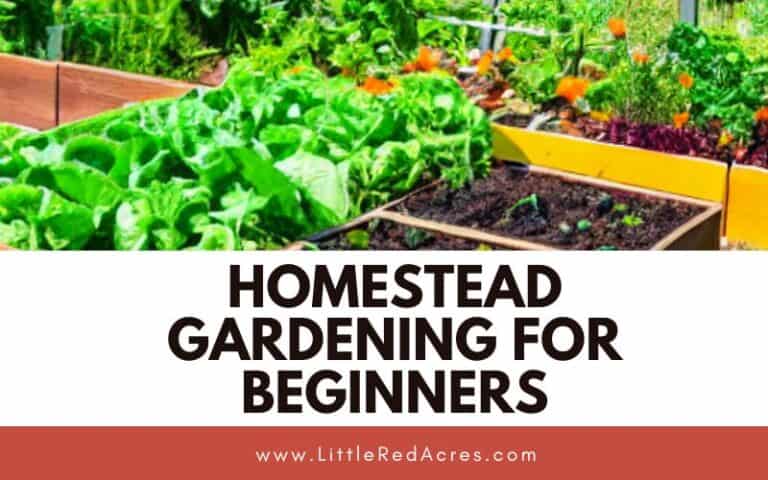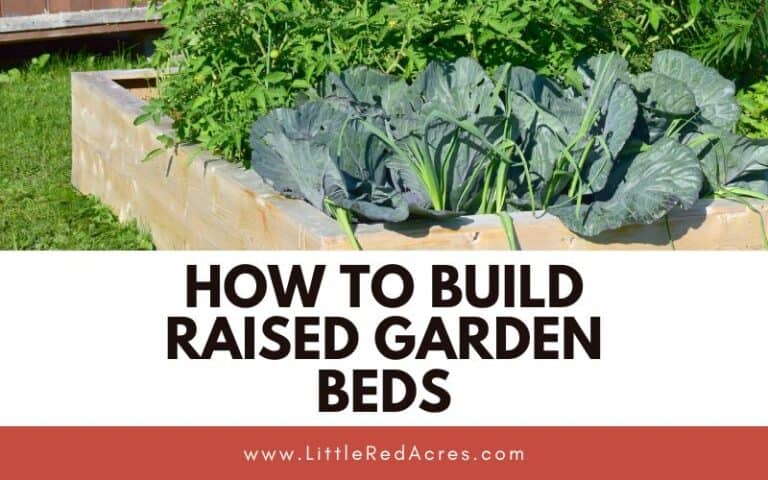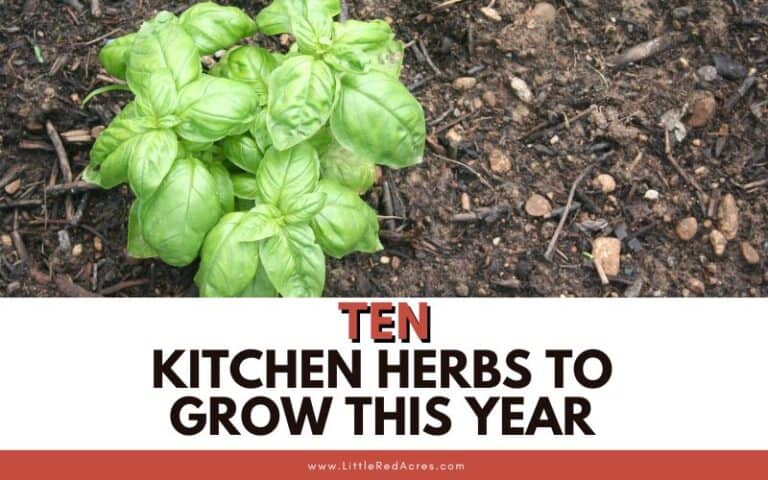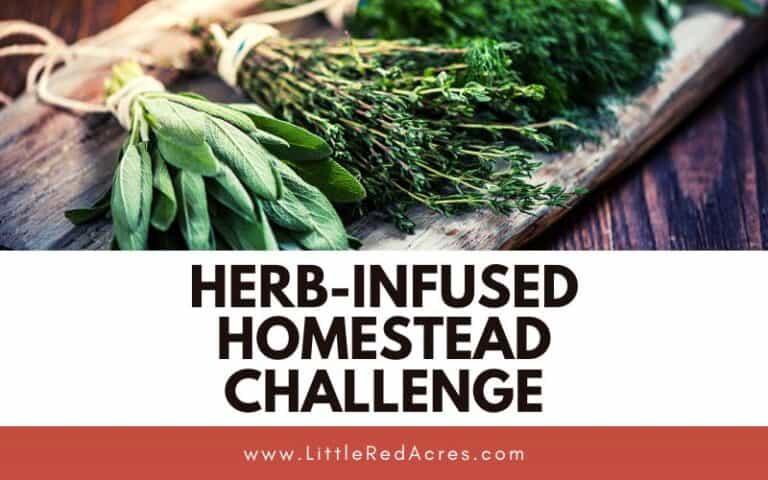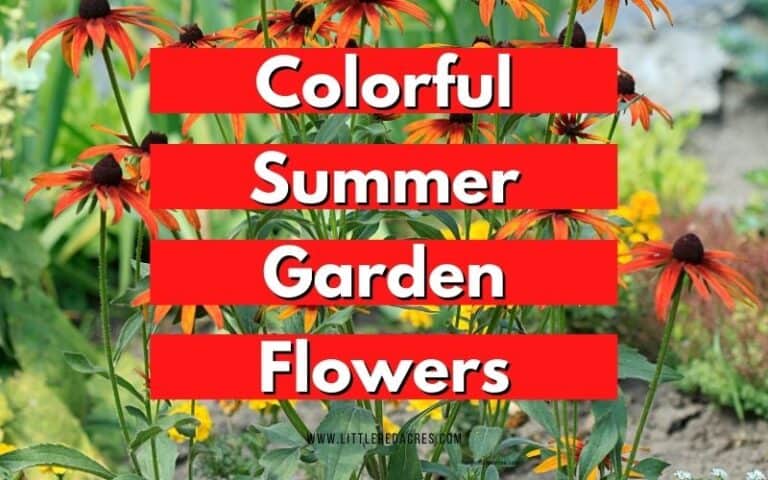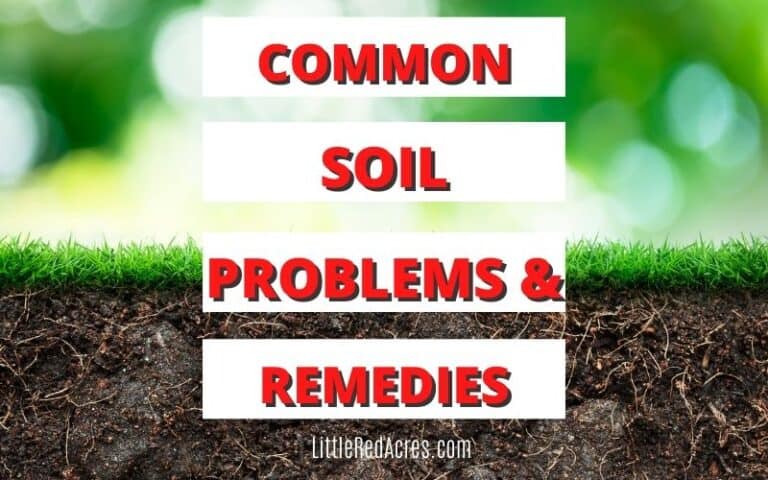Tips for Growing Plants from Seeds
Inside: Have you tried growing your plants from seeds before? Here are some troubleshooting tips for growing plants from seeds for your garden.
Have you tried growing your plants from seeds before? It's not that complicated but can be disappointing when nothing grows or they die after they have sprouted. Here are some troubleshooting tips for growing plants from seeds for your garden.

This post may contain affiliate links, see my disclosure policy for more information.
Tips for Growing Plants from Seeds
Growing plants from seeds can be rewarding. Watching your seeds grow and become healthy plants that bear fruits or leaves you can eat is one of life’s hidden treasures. This is a great way to get a head start on the growing season.
If you are a beginner, start small and with only a few varieties that are easy to cultivate Keep it simple and you will have the greatest success.
With the right light and some simple equipment, it's easy to grow from seed to harvest. And don't get discouraged by anything that goes wrong. You're still learning what works for you and your area.
Get updates & freebies delivered to your inbox!
When You Should Plant Seeds
Your main goal with planting seeds is to get the seedlings or plants ready to be transplanted outside once the weather is accommodating. Read your seed packet to make sure you know when you should start planting them inside and when they should be moved outside.
Not all seeds need to be started in the house, some are directly sowed!
This will differ depending on the area (gardening zone) you live in.
A typical rule of thumb is to start seeding 6-8 weeks before the last frost. Timing is important, but don’t fret if you start a little early or a little late. Keep your plants’ soil slightly moist and warm; they will do just fine until it’s time for them to join the outside world.
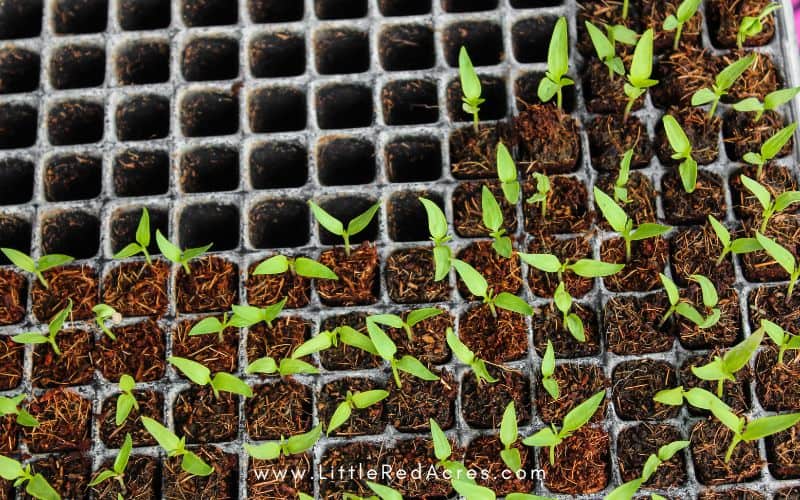
Get the Right Containers
The right containers are very important as you don't want them to be too big or too small. Choose a container that is at least 2-3 inches deep and about as wide.
This will give you enough room to start your seeds without the worry of planting them too deep or too shallow. Make sure to have a hole in the bottom for drainage. This is important to prevent overwatering and root rot.
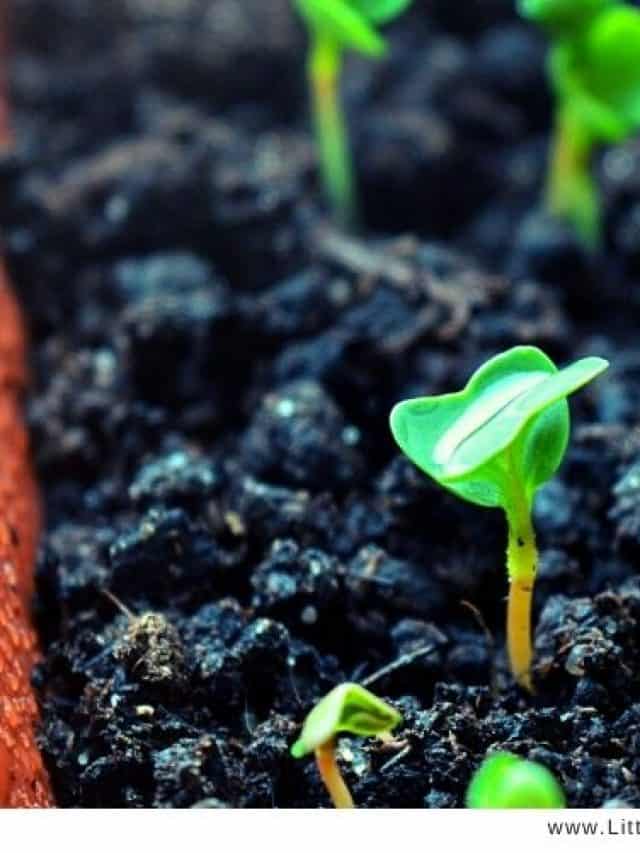
Get the Right Soil
Before you start putting the soil into the container make sure you get the soil moist. You do not want the soil dripping wet or the consistency of mud. You just want it to be slightly moist.
This makes sure that the seeds have moisture right off the bat and it helps them to germinate. Moist soil also helps to nourish seedlings as they do not have their own established root system yet.
Soil composition is as important as watering and sunlight. You can get a test kit from Amazon, or do an easy DIY test for your soil. I don't do this, I buy a bag of seed starter soil or the soil pellets to take the guess work out of it.
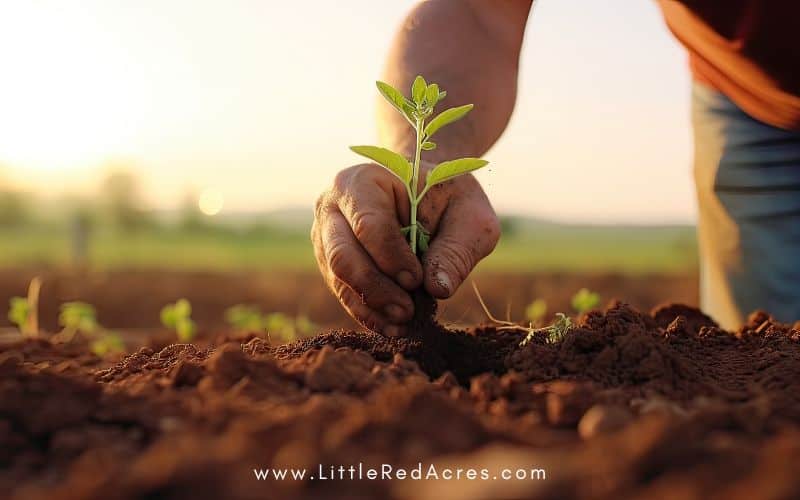
How Deep Should I Plant My Seeds?
Planting seeds is one of the many joys of gardening. I love planting seeds and have made many mistakes through the years.
The general rule is to plant the seed twice the depth as it is long. Now, what does that mean? Let’s make this easier to understand. Measure your seeds and multiply by 2. If your seed is ⅛ of an inch, you will plant it ¼ of an inch deep.
I usually plant the majority of my seeds about ¼ inch deep as this seems to be the sweet spot for germination for most seeds.
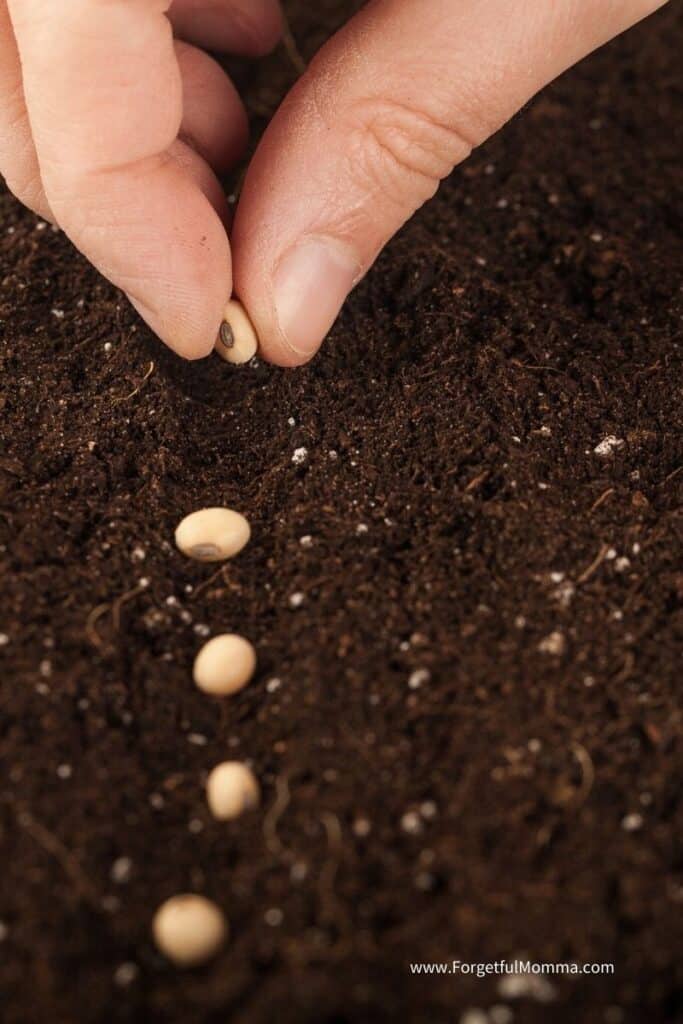
How Often Should I Water My Seeds?
Water is essential for seeds and plants to grow. You do not want to over or under-water your seeds as this will prevent them from germinating.
Start with moist soil and water at least once a day. If you live in a drier climate, you may need to water twice a day. Check your soil to see if it is dry to the touch. If it is, add a little water. Using a spray bottle with misting is the best bet for watering without overwatering.
Do I Need to Circulate the Air for My Seeds to Grow?
Yes! Seeds and plants need air to grow and thrive. Adding a fan to your set-up will help the air to circulate more and can also prevent a seedling disease called damping-off.
Keeping the air around your seedlings moving will help them thrive and become healthy hearty plants.
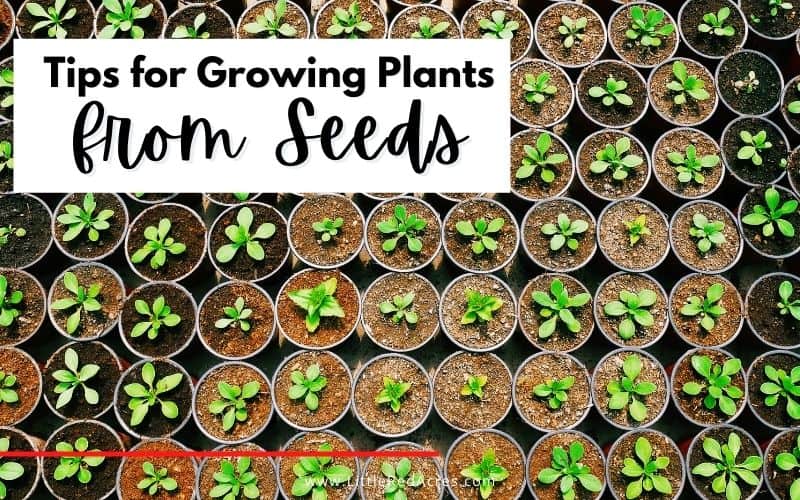
What is Hardening Off Seedlings?
Hardening off your seedlings means getting them ready to plant outside. Start by taking your seedlings outside for an hour the first day and add an hour each day for seven days. This will get them used to the environment they will be growing in.
After a week, they will have been outside for 7 hours at a time, and now should be ready to transplant to their permanent location.
During the first few days, provide your seedlings shelter when they are outside. Avoid direct sunlight and windy conditions. Allow them time to strengthen and become accustomed to the outdoors.
It is not difficult to grow plants from seeds, but it does require some preparation and a little patience. With these preparations in place, you will have hearty, healthy seedlings in no time.
Frequently Asked Questions
How long do seeds take to sprout? Some are quick to germinate, taking 1-2 weeks at most, such as chilies, beans, sunflowers, and pumpkins. Some seeds take more like 2-4 weeks, such as mango and parsley.
Should you sprout all seeds before planting? Your seeds will sprout even if you don't soak your seeds before planting, but with soaking the germination time decreases, and the germination rate increases. Seeds that have a continual flow of moisture to uptake have much higher chances of success.


